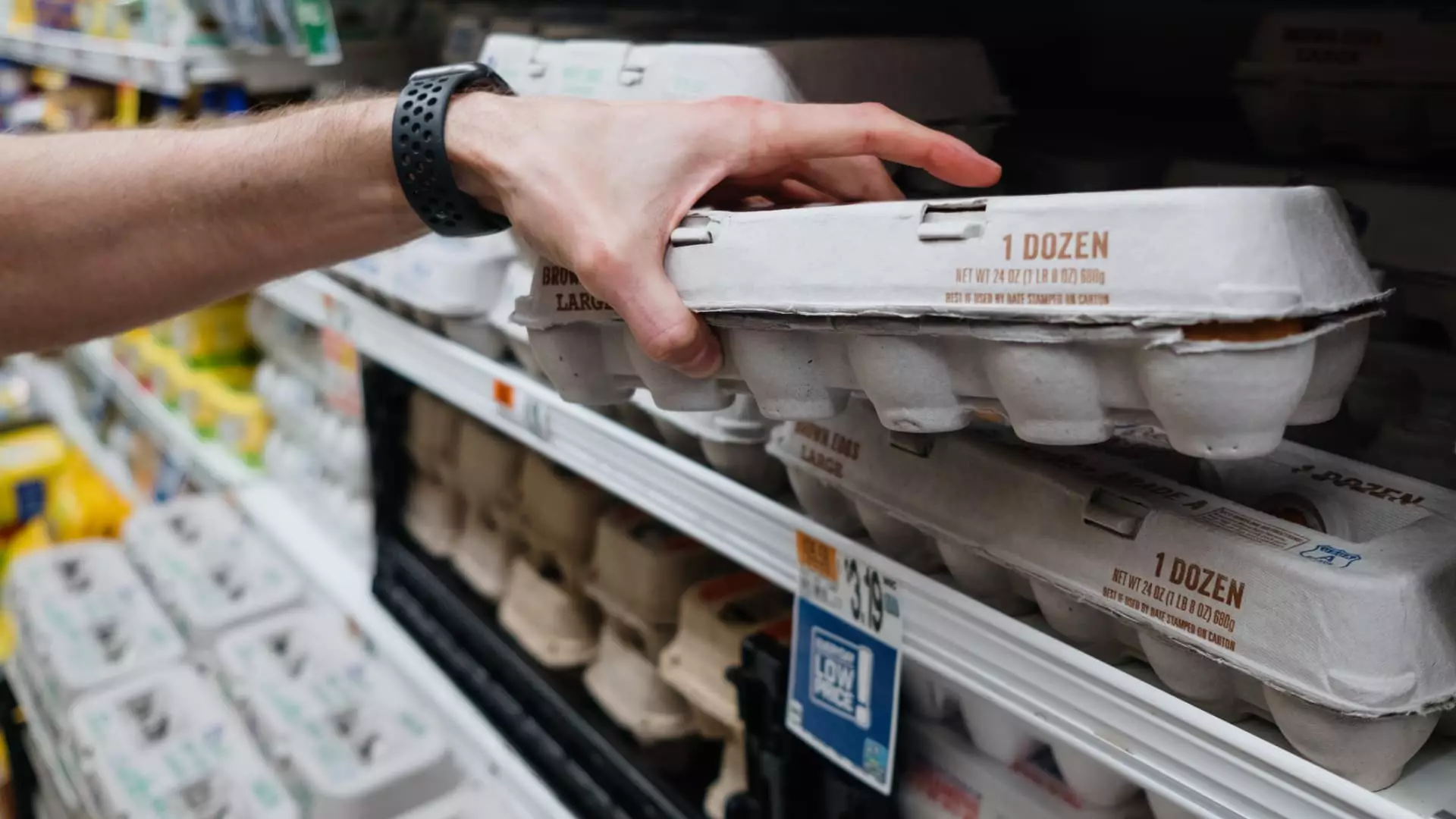The U.S. economy continues to navigate a shifting inflationary landscape, with recent reports suggesting a slowdown in price increases. As of August, the consumer price index (CPI) registered a 2.5% rise compared to the same month the previous year, a decline from July’s figure of 2.9%. This marks a significant change from the economic turbulence experienced during the height of the COVID-19 pandemic, where inflation peaked at an alarming 9.1% in June 2022—the highest level seen since 1981. Sarah House, a senior economist at Wells Fargo, describes the easing of inflationary pressures as a positive development for the economy, yet highlights that specific areas, notably housing, remain problematic.
Economists generally express optimism over the trend, underscoring that broader inflationary pressures are dissipating. However, House and her peers caution that the path forward may not be entirely smooth. While there is an expectation that inflation will continue to decline, there may be fluctuations month-to-month due to various economic factors.
Among the lingering challenges in the inflation battle, housing costs stand out. This sector is reflected in the CPI as it constitutes a significant portion of overall inflation metrics. Current statistics indicate that the shelter index has surged by 5.2% year-on-year, accounting for over 70% of the annual increase in core CPI. This persistent rise in housing costs creates a complex picture; even as other areas show improvement, housing inflation remains resistant to decline.
Economists have pointed out that the way shelter is measured can mask positive developments occurring in the wider rental market, which has witnessed minimal price increases over the past couple of years. This discrepancy highlights a notable lag in the government’s data collection methods, which fail to capture real-time market fluctuations effectively.
While some inflation measures suggest that the housing sector remains a thorn in the side, there are signs that this may change. Recent trends indicate that average rents have actually experienced a decrease of 1% compared to the previous year. This inconsistency raises questions amongst economists about the inherent delays in reporting and the reality of consumer experiences.
The implications of these inflation trends are particularly relevant for monetary policy. With inflation appearing to be under control, the Federal Reserve is anticipated to pivot away from its inflation-fighting stance and towards stimulating economic growth. The central bank is expected to enact a quarter-percentage-point interest rate cut in the upcoming meetings, providing relief for borrowers and potentially reigniting consumer spending.
Interest rate hikes initiated during the pandemic to combat inflation had reached a peak not seen in 23 years, resulting in elevated borrowing costs for households and businesses alike. As the economy cools and labor market indicators show signs of slowing, the Fed’s responsiveness to shifting conditions is crucial for maintaining a balanced economic recovery.
While the outlook for general inflation may seem encouraging, econometric assessments suggest that vigilance remains vital. The transition from an aggressive anti-inflation posture to targeted economic support could foster a more stable environment, but it also comes with an obligation to monitor emerging threats such as recessionary pressures.
In addition to housing, various sectors within the consumer market are also showing varied inflation statistics. For instance, the price of motor vehicle insurance has skyrocketed by 16.5% over the last year, echoing the rising costs of vehicles themselves. Conversely, there is some relief in the car market, where prices for new and used vehicles have dropped significantly, resulting in some economists suggesting that inflated insurance costs may soon follow the same trend.
Furthermore, grocery prices, which saw an average inflation rate of 11.4% in 2022, have exhibited a much more modest growth of less than 1% in August. Gasoline costs have similarly decreased by about 10% from the previous year. These declining trends in essential goods and services signify that while inflation in specific areas remains stubborn, other segments are transitioning towards stabilization.
While the overall inflationary climate in the United States is exhibiting signs of improvement, multifaceted factors underpin the ongoing economic challenges. Economists emphasize the need for continued monitoring, especially in housing, which can dramatically influence the CPI outcomes. As the Federal Reserve prepares to adjust its strategies, the importance of nuanced understanding of these dynamics cannot be overstated. Ultimately, the collective movement of inflationary trends could significantly shape the wider economic recovery in a post-pandemic landscape.

